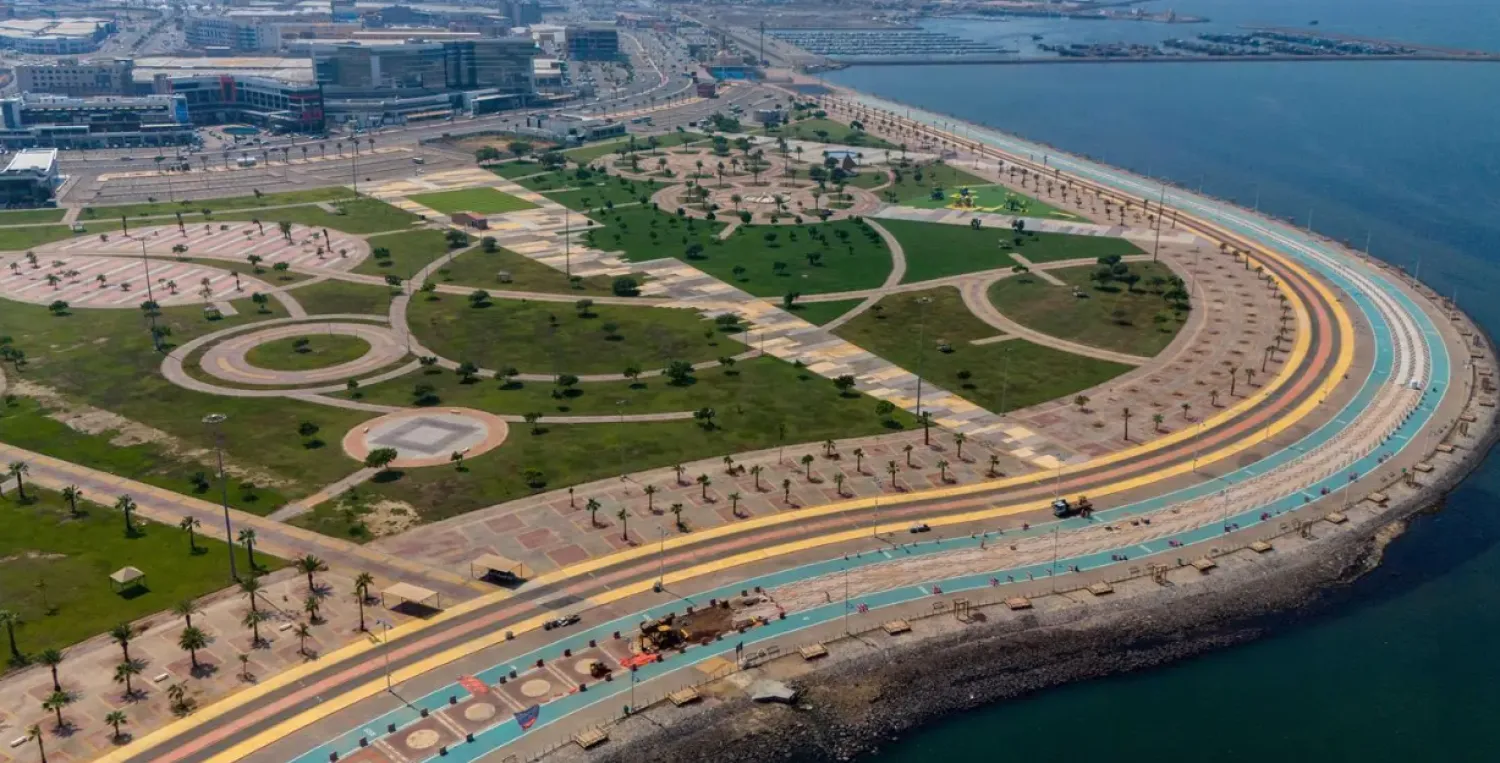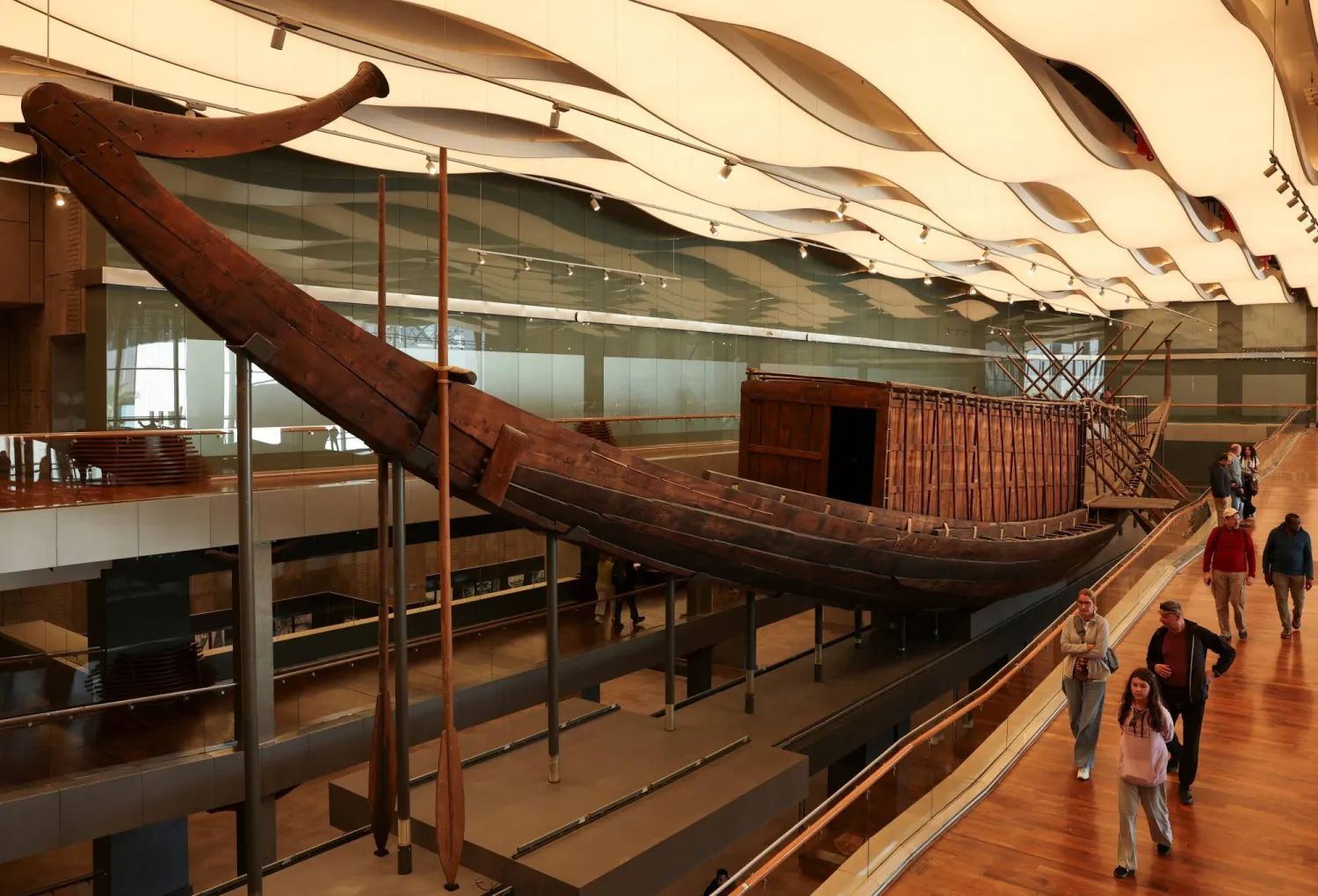Diriyah Art Futures (DAF), the MENA region's first hub dedicated to New Media Arts, has announced a program of activities running throughout June and July. Visitors can immerse themselves in the dynamic world of New Media Art and deepen their understanding through a series of interactive talks, hands-on workshops, and masterclasses led by local, regional, and international artists, SPA reported.
According to a recent DAF press release, these sessions are presented as part of DAF's current exhibition, Maknana: An Archaeology of New Media Art in the Arab World, which explores the evolution of New Media practices across the region. Featuring more than 70 artworks by over 40 artists, Maknana sheds light on how Arab artists have navigated and reimagined technology through four key curatorial themes: Automation, Autonomy, Ripples, and Glitch.
From creating immersive narratives to exploring 3D scanning technologies and from motion design to pixel art, the program caters to artists, enthusiasts, and kids alike. It offers an opportunity to deepen their understanding of New Media Art or explore new technologies.
The release highlighted that on June 19, 2025, a session titled "Experimental Concepts in Educational Practices of Media Arts" will review the experimental strategies and pedagogical approaches that have shaped the teaching of digital and media arts in Egypt and the wider Arab region since the early 2000s. It also addresses the evolving role of education in supporting creative engagement with new technologies.
On June 20-21, a masterclass titled "Ready-Made Dreams – Immersive Narratives" will enable participants to explore the creative potential of archival and found visual materials. Attendees will learn how to layer and transform content into immersive narratives through hands-on exercises using video, photography, text, and animation.
Moreover, on July 3, a dialogue session entitled "Talk and Screening: Cartographies of a Future" delves into how digital tools are reshaping our understanding of photography and perception itself. ScanLAB Projects utilizes 3D scanning to transcend the boundaries of traditional photography, offering new ways to capture, preserve, and critically reflect on the world. Following the session, two short films will be screened.
On July 4-5, a masterclass titled "Memory in Three Dimensions" explores the intersection of cutting-edge 3D scanning technology and the intricate workings of human memory. The two-day, hands-on session will challenge participants to rethink the nature of personal archives in the digital age. Through a blend of practical demonstrations and interactive exercises, participants will explore 3D scanning technologies and create 3D scans, delving into the potential and pitfalls of creating perfect digital replicas of their lives.
On July 5, a workshop entitled "Motion Design for Film and Media" will explore the art and impact of motion design and computer graphics. Participants will delve into the history of these formats, analyze key examples, and ultimately create their title design project. By the end of the session, participants will have a deeper understanding of how motion design influences media and the skills to apply it creatively.
A book symposium, "Rewiring Narratives: New Media Art from the Arab World," will be held on July 12. This symposium marks the launch of Rewiring Narratives: New Media Art from the Arab World, a landmark edited volume.
On July 17, a dialogue session titled "Traces of Change: Processing Reality Through Art" will take place.
A workshop titled "Pixel by Pixel: Introduction to Pixel Art" on July 18 will explore the history and evolution of pixel art, from its roots in early video games to its place in contemporary digital art. Participants will learn key techniques and experiment with creating their pixel artwork in a guided hands-on session.
Also, on July 18, a kids' workshop titled "Art Bot" will teach kids to build drawing robots. Using simple motors, markers, and everyday materials, children will build kinetic machines that move, spin, and scribble, creating vibrant, one-of-a-kind artworks. Blending play with invention, the workshop fosters creativity, curiosity, and a deeper understanding of how design and motion work together.









